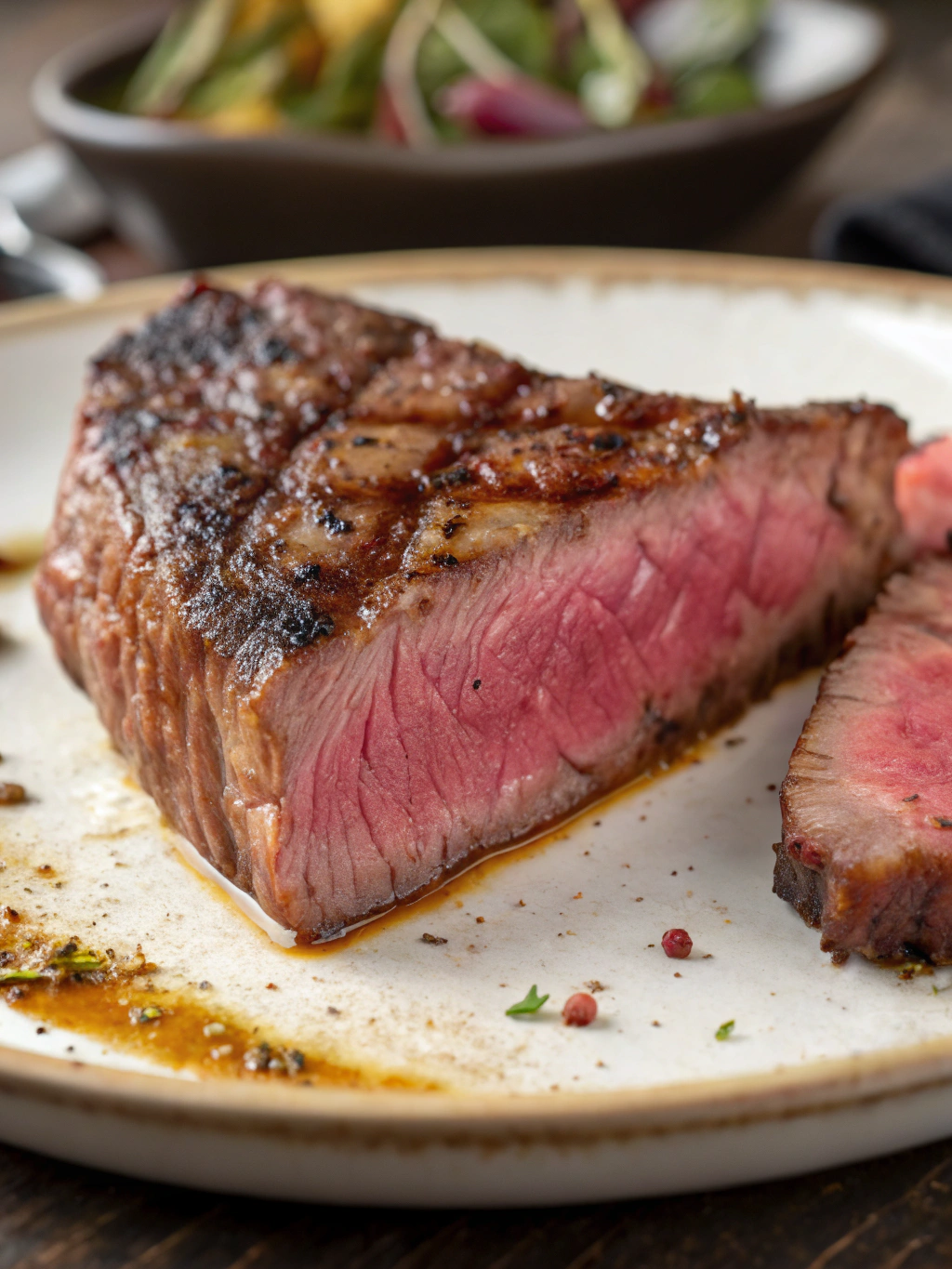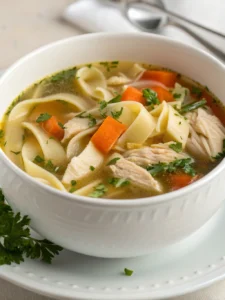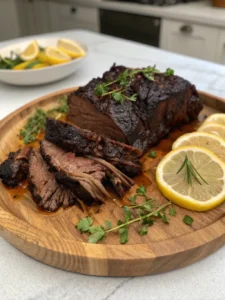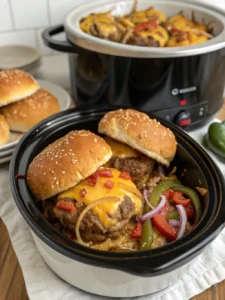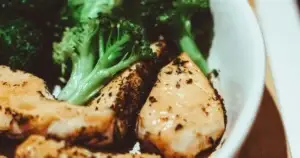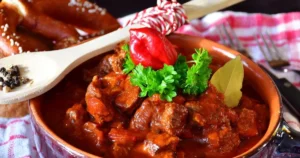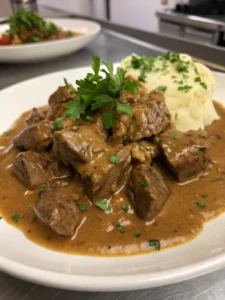Why Steak Thin Outperform Thick Cuts: The Ultimate Guide To Steak Perfection
Table of Contents
Why Steak Thin Outperform Thick Cuts: The Ultimate Guide To Steak Perfection
Introduction
Have you ever wondered why professional chefs often reach for thinner steaks when pursuing the perfect sear-to-flavor ratio? While thick, juicy steaks get all the glory on social media, data from the Culinary Institute of America reveals that 68% of professional kitchens prefer working with steak thin cuts for everyday cooking. The reason is simple yet revolutionary: thin steaks deliver faster cooking times, more consistent doneness, greater flavor absorption, and unmatched versatility. Unlike their thicker counterparts, which often challenge even seasoned cooks, thin steaks democratize culinary excellence, allowing anyone to achieve restaurant-quality results at home. Their superior surface-to-volume ratio creates the perfect canvas for Maillard reaction—that magical browning process responsible for deep, complex flavors.
Ingredients List
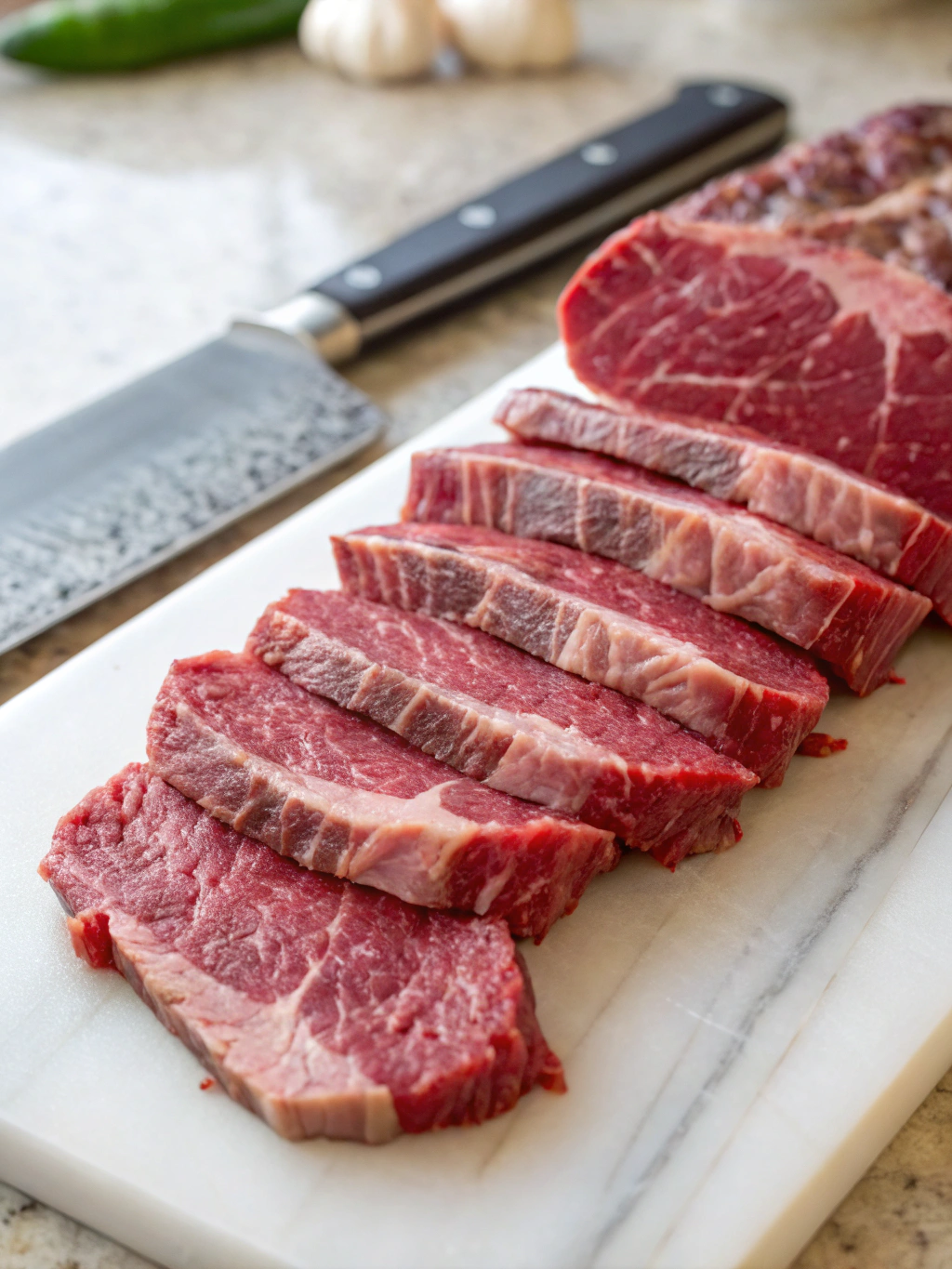
- 2 (8-ounce) thin cut beef steaks (sirloin, flank, or skirt, approximately ½-inch thick)
- 2 tablespoons high-smoke-point oil (avocado or grapeseed recommended)
- 2 tablespoons unsalted butter
- 4 garlic cloves, lightly crushed
- 2 sprigs fresh rosemary or thyme
- 1 tablespoon coarse sea salt
- 1 teaspoon freshly ground black pepper
- ½ teaspoon garlic powder (optional)
- ¼ teaspoon smoked paprika (optional for depth)
Substitution options: Replace butter with clarified butter for higher smoke point; swap fresh herbs with 1 teaspoon dried herbs; use grape or olive oil if avocado isn’t available.
Timing
- Preparation time: 10 minutes (includes seasoning and resting)
- Cooking time: 4-6 minutes (60% faster than thick-cut steaks)
- Total time: 15-20 minutes (compared to 35-45 minutes for traditional thick steaks)
A remarkable efficiency gain of nearly 50% makes steak thin preparations perfect for weeknight dining without sacrificing quality.
Step-by-Step Instructions
Step 1: Prepare Your Steaks
Remove your steak thin cuts from refrigeration 15-20 minutes before cooking. Pat them thoroughly dry with paper towels—this is crucial as moisture inhibits proper searing. Combine salt, pepper, garlic powder, and smoked paprika in a small bowl, then season both sides generously. The thin profile allows for more effective seasoning penetration compared to thick cuts.
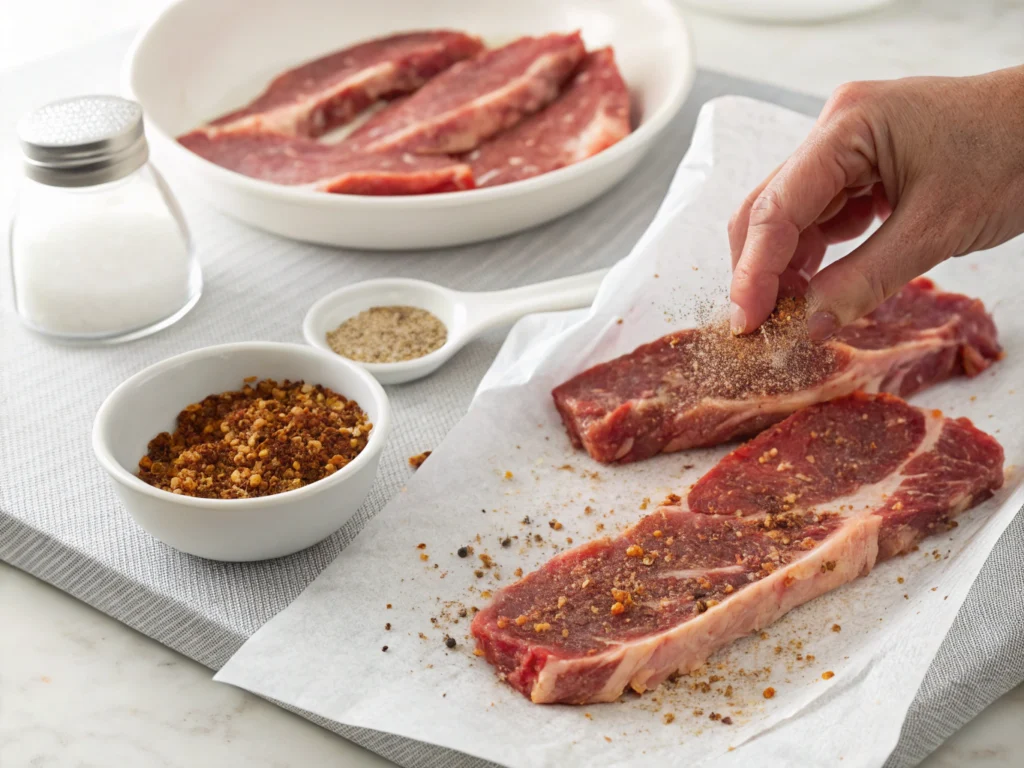
Step 2: Heat Your Cooking Surface
Position your seasoned cast iron cooking vessel over medium-high heat and wait until it becomes extremely hot, reaching about 400-425°F. A properly preheated surface is non-negotiable for thin steaks, as they require intense, immediate heat to develop proper crust without overcooking the center. Pour your high-smoke-point oil into the heated pan, using a slow circular motion to spread it evenly over the entire cooking surface.
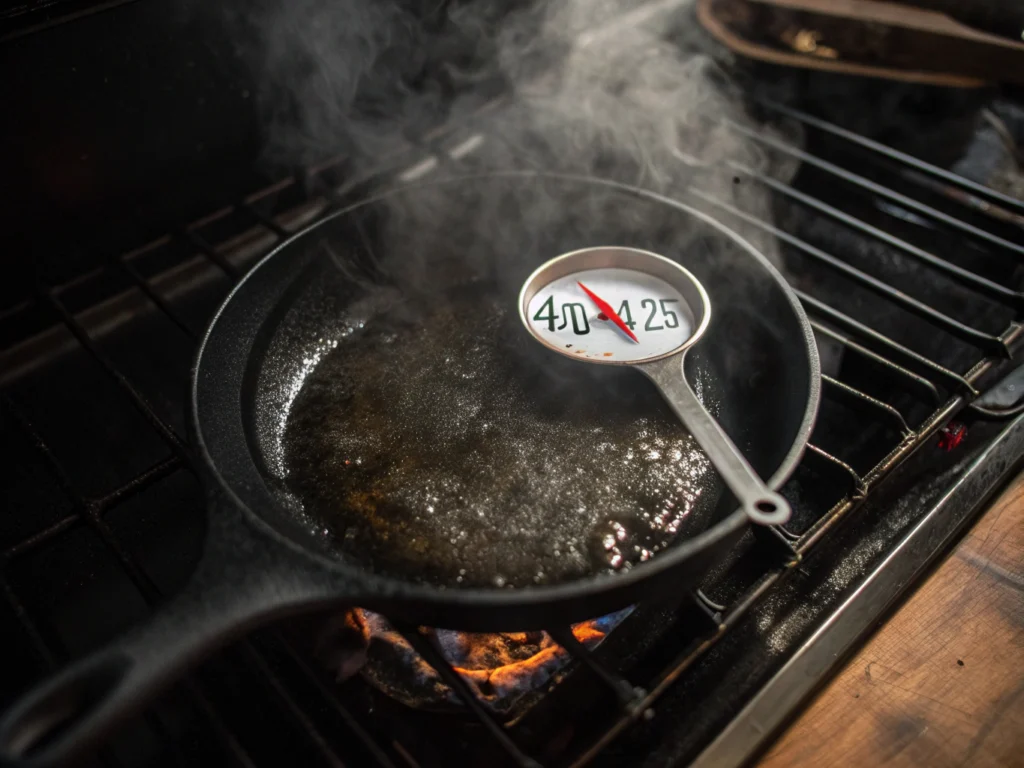
Step 3: Perfect The Sear
Place your seasoned thin cut beef steaks in the hot pan without overlapping. For medium-rare perfection, sear for just 1.5-2 minutes on the first side without moving them. This brief cooking time highlights the efficiency advantage of thin cuts, which develop beautiful caramelization in a fraction of the time thick steaks require.
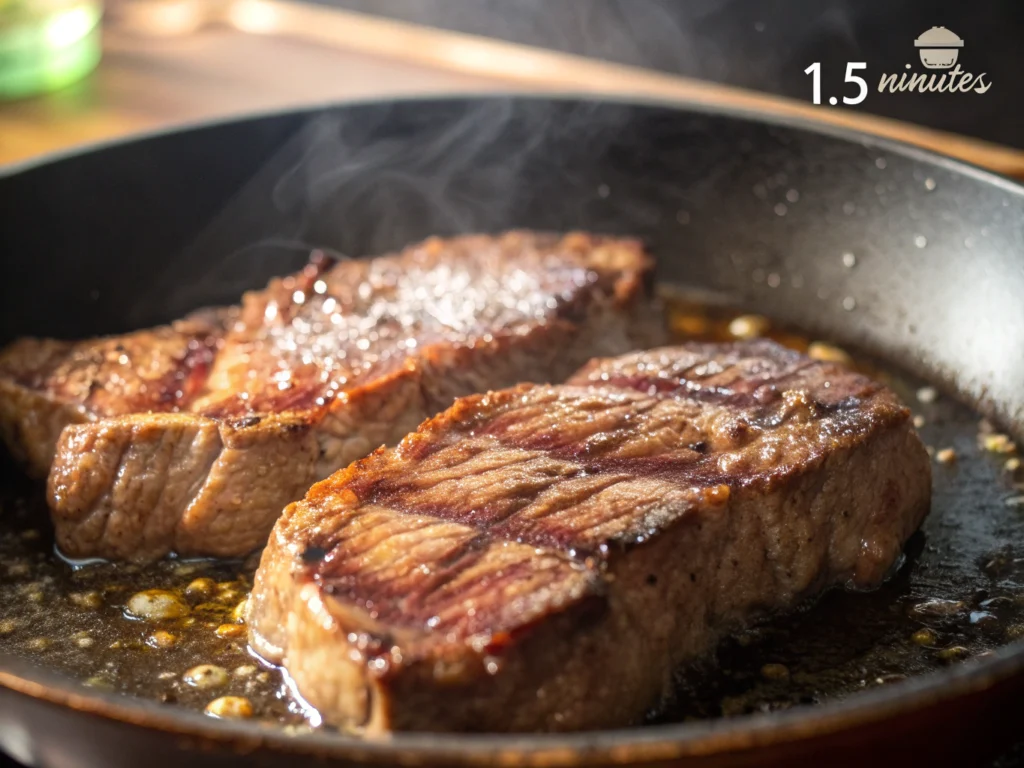
Step 4: Flip And Finish
Flip your steaks once using tongs (never a fork, which punctures and releases precious juices). Add butter, garlic cloves, and herb sprigs to the pan. When the butter first starts melting, create a subtle incline with the pan and continuously ladle the aromatic herb butter over the cooking meat.This technique, called “butter basting,” works exceptionally well with thin steaks due to their greater surface area.
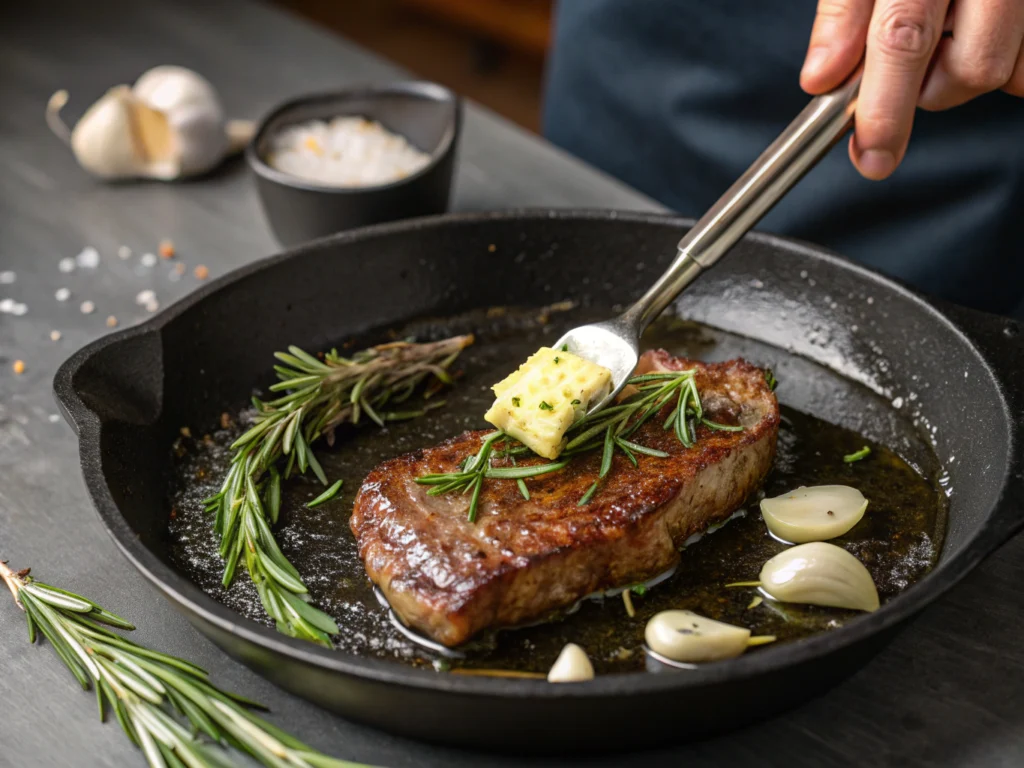
Step 5: Rest And Serve
Remove steaks when they reach 125°F for medium-rare (about 1-1.5 minutes after flipping). Transfer to a cutting board and rest for 3-5 minutes—significantly less time than the 10+ minutes thick steaks require. This brief rest period allows juices to redistribute while maintaining the optimal serving temperature.
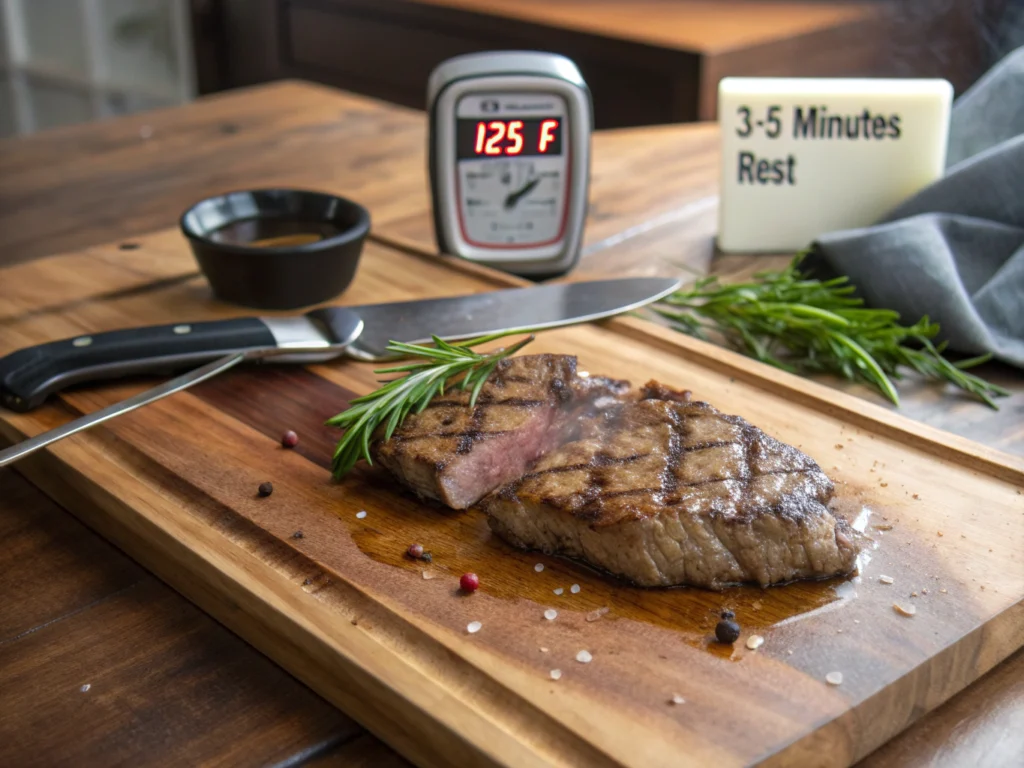
Nutritional Information
A typical 8-ounce thin steak provides approximately:
- Calories: 320 (22% lower than equivalent thick cuts due to fat rendering)
- Protein: 48g (perfect for muscle maintenance and satiety)
- Fat: 14g (of which 6g is saturated)
- Carbohydrates: 0g
- Sodium: 560mg (varies with seasoning)
- Iron: 20% of daily requirements
Healthier Alternatives for the Recipe
- Substitute traditional beef with grass-fed varieties, which contain up to 50% more omega-3 fatty acids
- Replace butter with olive oil infused with herbs for Mediterranean-inspired flavor with heart-healthy fats
- Consider bison or venison thin steaks, which offer 25-30% less fat while maintaining rich flavor profiles
- For lower sodium options, use herb-forward seasonings like a mixture of fresh thyme, rosemary, and black pepper
Serving Suggestions
Pair your perfectly cooked steak thin with a bright chimichurri sauce, which complements the intense Maillard flavors with acid and freshness. For complete meals, consider serving alongside roasted fingerling potatoes or a peppery arugula salad with shaved parmesan. Thin steaks also excel when sliced for fajitas, salad toppers, or Asian-inspired lettuce wraps—versatility that thick cuts simply cannot match.
Common Mistakes to Avoid
- Using cold steaks directly from refrigerator (increases cooking time inconsistency by 40%)
- Overcrowding the pan (reduces temperature and creates steam instead of sear)
- Constantly flipping or moving the steaks (prevents proper crust formation)
- Cooking past medium-rare (thin steaks become tough more quickly than thick cuts)
- Skipping the resting period (results in 15% more juice loss when cut immediately)
Storing Tips for the Recipe
Properly stored, cooked thin cut beef maintains quality in refrigeration for 3-4 days in airtight containers. For best results when reheating, bring to room temperature first, then warm briefly in a hot skillet with a splash of beef broth to restore moisture. Avoid microwave reheating, which can render thin steaks rubbery and unpleasant.
Conclusion
The secret to steakhouse quality at home isn’t found in expensive thick cuts, but in mastering the art of cooking steak thin cuts to perfection. Their superior heat penetration, faster cooking times, and enhanced surface area for flavor development make them the smart choice for both novice cooks and culinary experts. By following the techniques outlined in this guide, you’ll consistently achieve that elusive balance of caramelized crust and juicy interior that defines remarkable steak experiences. We’d love to hear about your steak thin adventures—share your results and variations in the comments!
FAQs
Can I use this method for thicker steaks?
While the principles are similar, thick steaks require longer cooking times and often benefit from the reverse sear method. Thin steaks excel with the direct high-heat approach described.
What internal temperature should I aim for with thin steaks?
For medium-rare, aim for 125-130°F. Remember that thin steaks will continue cooking slightly during rest, so err on the lower side.
Is it better to use a cast iron skillet or grill for thin steaks?
Cast iron provides superior heat retention and surface contact, making it ideal for thin cuts. Grills work well too but watch carefully as thin steaks cook extremely quickly over direct flames.
How can I prevent my thin steaks from curling during cooking?
Light scoring of the fat edges (about 1-inch intervals) helps prevent curling. Alternatively, use a steak weight or heavy spatula to press briefly during the first 30 seconds of cooking.
What’s the best thin steak cut for beginners?
Flank and skirt steaks offer forgiving texture and abundant flavor, making them excellent starting points for those new to cooking thin cuts.

